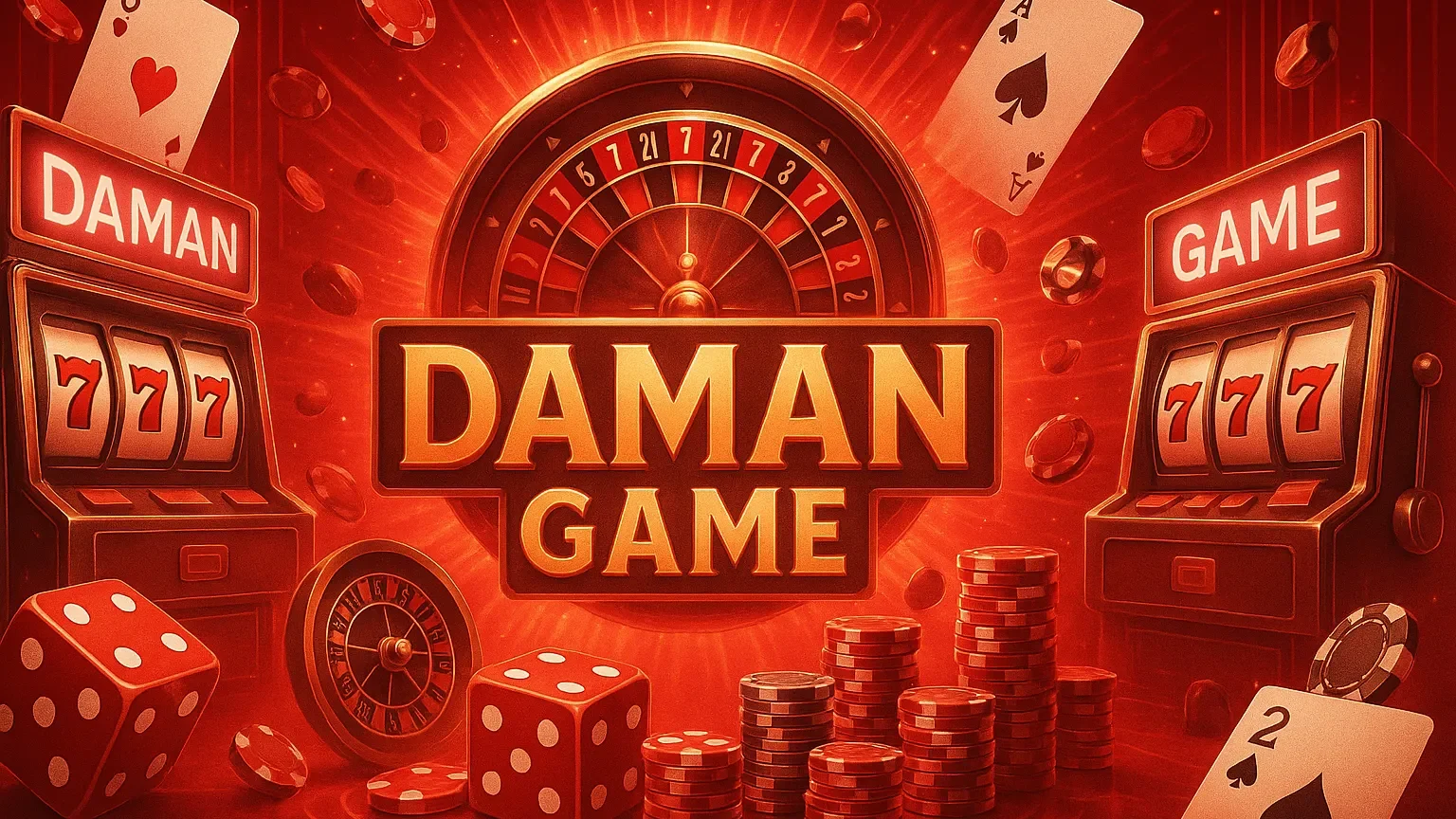
In the pulsating world of online games—especially those involving strategic prediction, wagering, or fast-paced choices—our decisions often feel guided by logic, intuition, or pure experience. But beneath the surface, deeper psychological forces are at play. Cognitive biases, deeply ingrained mental shortcuts formed by evolution and experience, have a profound impact on how players interpret information, assess risk, and make decisions during gameplay.
Among the many biases that influence behavior, anchoring and overconfidence are particularly relevant in gaming contexts. These biases shape player perceptions, skew risk tolerance, and influence everything from initial bet sizing to interpretations of odds and streaks. Understanding how they operate can offer valuable insights not only for players seeking better results but also for designers hoping to create fairer and more transparent gaming environments.
Anchoring: The Weight of First Impressions
Anchoring is a cognitive bias in which individuals rely too heavily on an initial piece of information—the “anchor”—when making subsequent decisions. In game settings, anchoring manifests in various subtle but impactful ways.
A common example occurs during color prediction or betting games when players begin their session with a specific bet size, say $1. That figure tends to serve as a psychological baseline for future wagers. Even if circumstances change—such as a winning streak, a loss streak, or updated odds—many players struggle to adapt. They either rigidly stick to the original anchor or scale too conservatively or aggressively relative to it.
Anchoring also affects pattern recognition. If a player sees that a particular color has appeared four times in a row early in a session, they may assign undue predictive power to that sequence, treating it as a reference point even hours later. Rationally, each outcome should be independent, but the anchor persists, influencing future guesses.
Even promotional messages or design elements like “hot picks” and historical stats can act as anchors. Once planted, they subtly steer choices regardless of real-time conditions. Anchoring creates a cognitive tunnel that narrows options and limits flexible thinking, often to the player’s detriment.
Overconfidence: The Illusion of Mastery
Overconfidence bias leads players to overestimate their skill, knowledge, or control over outcomes. In games that blend chance with decision-making, this can be both exhilarating and dangerous.
Players who experience early success often develop a false sense of predictive ability. A few correct guesses in a color game or lucky outcomes in a card-based prediction format can lead to the illusion that one has “figured it out.” From there, confidence escalates, resulting in higher bets, riskier decisions, and a belief in one’s infallibility.
This bias is reinforced by selective memory. Players remember wins more vividly than losses, reinforcing their self-image as competent and in control. They attribute success to skill and failure to bad luck or system flaws.
Overconfidence also impacts how players interpret random events. A win streak may feel earned rather than statistical variance, prompting larger bets. Similarly, a loss might be perceived as a temporary blip rather than a warning sign, pushing players to double down with misplaced conviction.
In competitive or leaderboard-driven games, overconfidence can escalate even faster. Public validation, rankings, and peer comparisons feed the belief in one’s superiority, blinding players to their own biases and increasing the likelihood of poor decision-making under pressure.
The Combined Effect: Anchoring and Overconfidence in Tandem
These two biases don’t operate in isolation—they often interact, magnifying their impact. A player who anchors their expectations to early success may become overconfident about their ability to replicate that success. This combination creates a cycle where initial impressions set the tone, and inflated belief sustains it, even in the face of contradictory evidence.
For example, a player may start with a modest win using a specific color strategy. That choice becomes the anchor. As wins accumulate, they grow overconfident, raising bets and refusing to pivot strategies—even as losses mount. Instead of reassessing, they rationalize, blame anomalies, or look for signs that confirm their biased belief.
This pattern is not rare. It’s echoed in gambling, investing, and high-stakes decision environments. What makes it particularly insidious in games is the illusion that personal performance can override statistical reality.
Recognizing and Countering Biases
Awareness is the first step to minimizing the impact of cognitive biases. Players who understand how anchoring and overconfidence work can begin to question their assumptions and observe when emotions override logic.
One method to counter anchoring is to regularly reset one’s reference points. Instead of relying on early bets or past performance, players can approach each round as an independent event, using objective data where available.
To tame overconfidence, it’s helpful to adopt a mindset of probabilistic thinking. No prediction is guaranteed, and even a winning streak doesn’t signal mastery. Keeping a game journal, noting reasons for decisions and outcomes, can help deflate unwarranted confidence and highlight patterns rooted in luck versus skill.
Developers also have a role to play. Designing interfaces that promote reflection—such as cooldown timers, decision logs, or neutral feedback after wins—can help mitigate impulsivity and refocus users on sustainable gameplay.
Conclusion: Understanding the Mind Behind the Move
Games are often seen as reflections of logic, instinct, and chance—but they’re also mirrors of our cognitive wiring. Anchoring and overconfidence are not flaws to be ashamed of—they’re human tendencies developed for quick decisions in uncertain environments. Yet in structured digital systems where outcomes are meticulously coded and odds are fixed, these instincts can become liabilities.
By recognizing the invisible forces that shape our game decisions at damangame.com, players can cultivate better self-awareness and strategy. In doing so, they reclaim control—not over the result, but over their own reactions. And that, ultimately, is where the real victory lies.
